Technologies in the modern world are constantly evolving. One of the latest discoveries have been improved development in the field of outdoor lighting. In addition to economical and bright LED-lamps, an important achievement is a photo relay for street lighting. The newest technology belongs to the category of intellectual, as the lamps, thanks to special software, light up and go out without human intervention. Details about the device will tell the article.

Photorelay, or outdoor light sensor to turn on the light
The photorelay is a device for adjusting street lighting. It is used in different places in order to save electricity. The principle of operation of the relay, which is based on the photoelectric effect, is that with a small number of rays of light, the contacts close. As a result, the outdoor sensor is turned on. When the lighting rises to the required level, the contacts automatically open and, accordingly, the lights turn off.
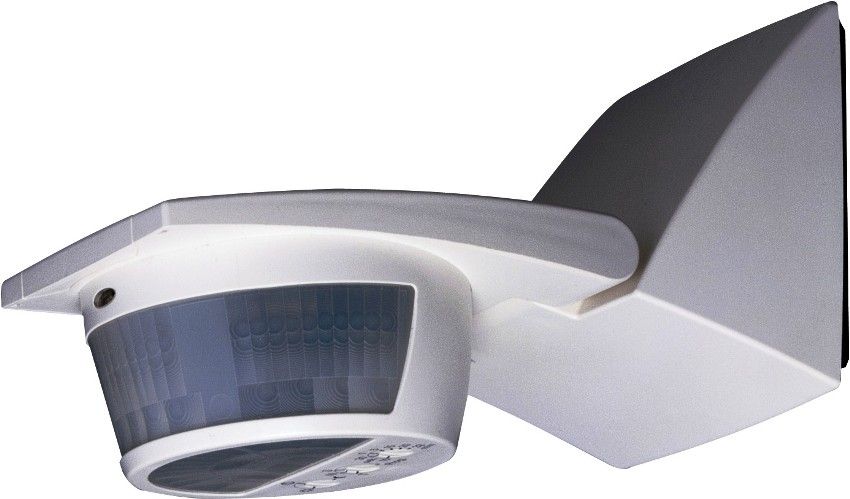
The device has many names and definitions. In some technical textbooks, it is called the light-controlling switch, in other publications it is called the automatic sensitivity sensor. In informal vocabulary, you can often hear the phrase “light sensor” or “light sensor”, “photo sensor”. There are more simple names, such as “twilight sensor” or “day / night switch”. All these are the names of the same subject, which in industrial production is called a photo relay.
Photorelays are installed at the entrances to the houses, in the territories of administrative buildings, at the entrances of apartment buildings, on power poles. Thus, the entrances to the premises, streets and roads will be constantly illuminated with the onset of twilight. In the presence of such a device, the forced switching on and off of lamps and street lighting lamps on poles will not be required. This will occur automatically, and the cost of electricity decently reduced.
The basis of the photocell is a photoresistor or phototransistor, changing their parameters with a certain change in illumination. If the amount of light falling on them is sufficient, the power supply circuit is open. With the gradual onset of darkness, the photocell begins to react, and in a particular reading indicated in the settings, the circuit closes. The process can occur not only in the evening, but also, for example, in very cloudy weather. When the lighting improves, that is, morning comes (or clouds and fog dissipate), then the circuit is opened.

Interesting to know! The photocell device is considered universal, and it can be used for other purposes, for example, for lawn irrigation. To do this, the device is connected to the irrigation system and, thus, the lawn or flowerbed will be moistened every night.
When installing street lighting, you need to decide what technical characteristics the photo relay should have. According to this principle, two types of devices are distinguished:
- photo relay with remote sensor;
- device with built-in light sensor.
The remote sensor device is small in size, it is easier to provide protection from external negative influences and illumination. This device can be placed independently, for example, in the electrical room. An example of such photorelays are models for din-rail. The built-in sensor should be located in close proximity to the lighting device, for example, next to the luminaires – on the street lighting poles. In this case, it is very important to choose a place such that the tube light does not fall on the photo sensor. This option is most often used when installing street lighting solar-powered.
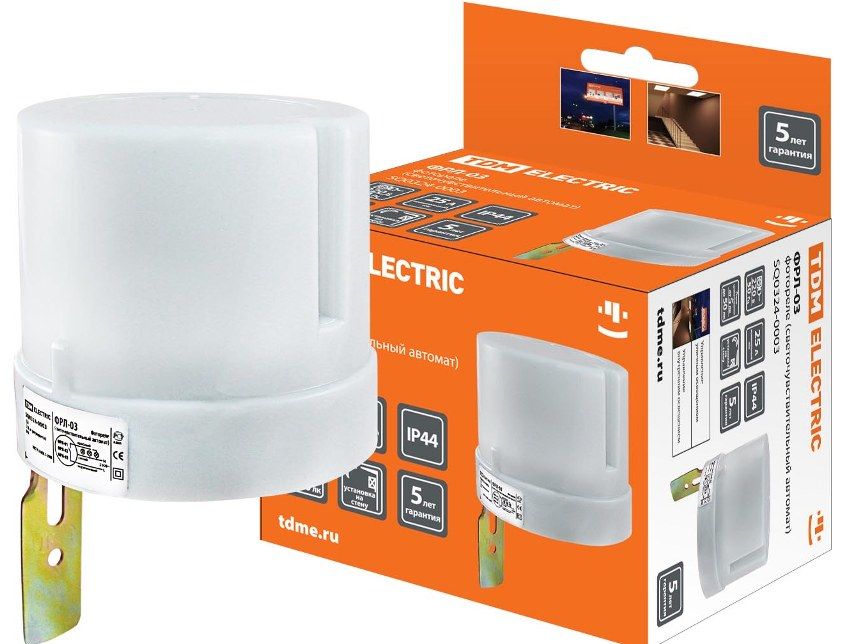
Having chosen the necessary type of the sensor, it is necessary to decide on technical parameters of the device. The main ones that directly affect the quality of work and the service life of the photorelay are as follows:
- Network voltage. Maybe 220 or 12 V – the choice depends on the voltage that provides street lighting. Twelve-solar sensors include light is most often used for lighting from batteries.
- Operating mode It is necessary that the photocell works with significant temperature changes, which depends on the climatic conditions in a particular region. Ideally, the device should withstand abnormal heat and extreme cold.
- Enclosure security class IP44 and higher will be suitable for installing street lighting, protecting the device from water splashes, dirt and solid particles with a diameter greater than 1 mm. If we are talking about the installation of photocell in the room, then fit the level of protection, starting from IP23.
- Power. The operation of any relay is designed for a certain voltage level of the power load, and the total power of all connected devices must be 20% less than the permissible norm. Thus, it will be possible to reduce the degree of wear of devices and extend their service life.
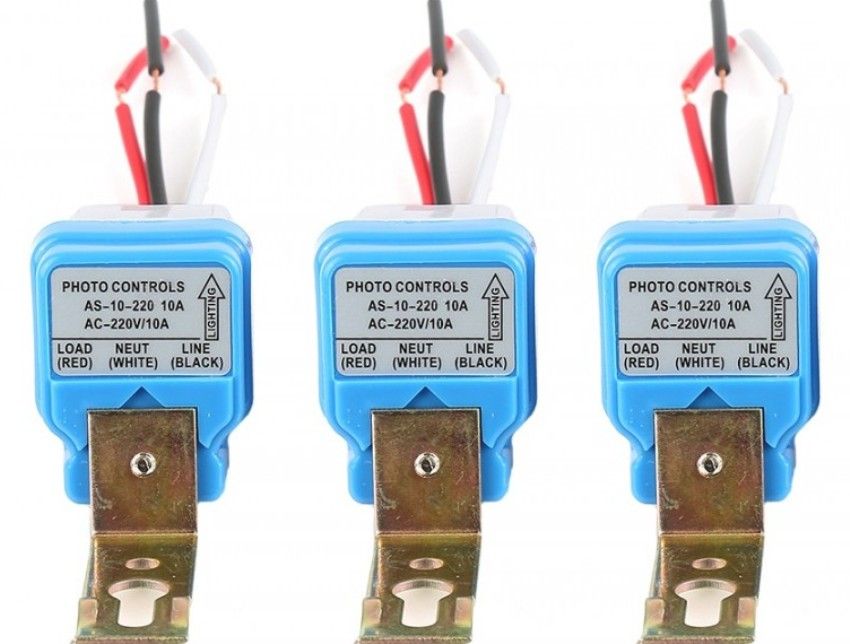
This is a basic, but not definitive list of characteristics of photoelectric, which must be considered when choosing a sensor. A competent approach in this matter will have a positive impact on the performance of the device and extend the period of its operation.
Helpful advice! One of the main conditions for uninterrupted photocell operation is the presence of a stable voltage in the network, which should be 30% higher than the given indicator of the device itself.
Almost all devices have an automatic adjustment system that allows you to select a specific mode of operation. The peculiarity of this element of the device is that it has to be configured manually. To do this, a special regulator is turned in the right direction and select the necessary option.
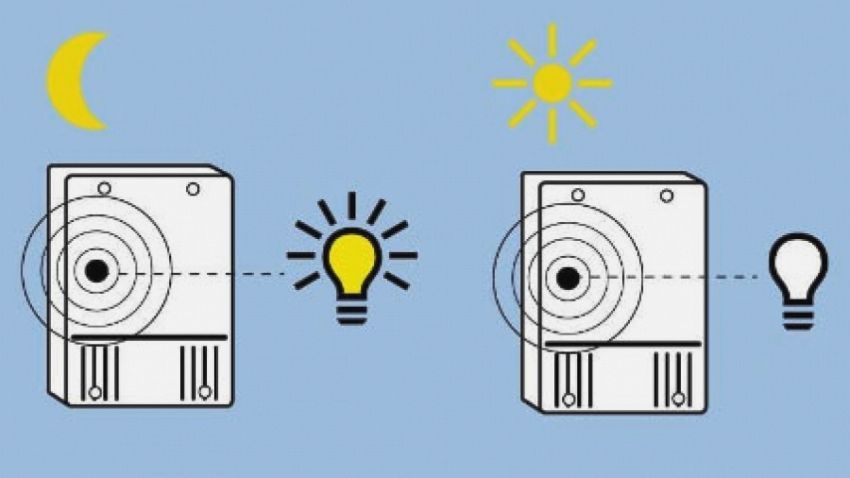
The photorelay may include the following setting controls:
- Threshold of response. This setting provides for increasing or decreasing the sensitivity of the instrument. It is recommended to lower its level in winter, especially in snowy weather, in order to avoid unnecessary reflection of light from the snow, as well as in places with bright street lighting, for example, in megacities.
- Second delay to turn on or off the device. If you increase the shutdown delay, you will be able to avoid false alarms that occur when a random beam hits the photo relay, for example, the light from the headlights of the car. Delaying the inclusion will prevent the device from responding to a passing blackout of the device, for example, from a cloud or shadows of flying birds.
- Light range control. When you connect a photorelay using this setting, you can provide the necessary level of illumination. At its lower boundary, the sensor is triggered, including the power supply, and, conversely, turns it off in the upper values. The range can vary from 2 to 100 lux (2 lux – total darkness) or from 20 to 80 lux, (in this case 20 lux – deep twilight, when the outlines of objects are barely visible).
Mastering and effective use of these settings will help ensure the most optimal photorelay operation, eliminating false alarms, thus making lighting more comfortable, and energy consumption as economical as possible.

Before connecting the light sensor, it is necessary to determine its installation location, taking into account a number of important points:
- if a remote type photosensor, then its location must be in direct reach of daylight;
- sources of artificial illumination should be located as far as possible from the sensor, as long as the relay does not react when they are turned on or off;
- It is desirable to maximally exclude the ingress of light from car headlights.
The optimal installation height of the photorelay is from 180 to 200 cm, which will provide the ability to adjust the parameters while standing on the ground, without using stools and ladders.
To fulfill the above requirements will help some tricks. For example, you can protect the photo sensor from the illumination of the lanterns, using a segment of a large diameter pipe made of black plastic with a length of 15-20 centimeters. For this purpose, it is necessary to saw the pipe down at an angle of 40-30 ° from a vertical wall so that it looks upwards.
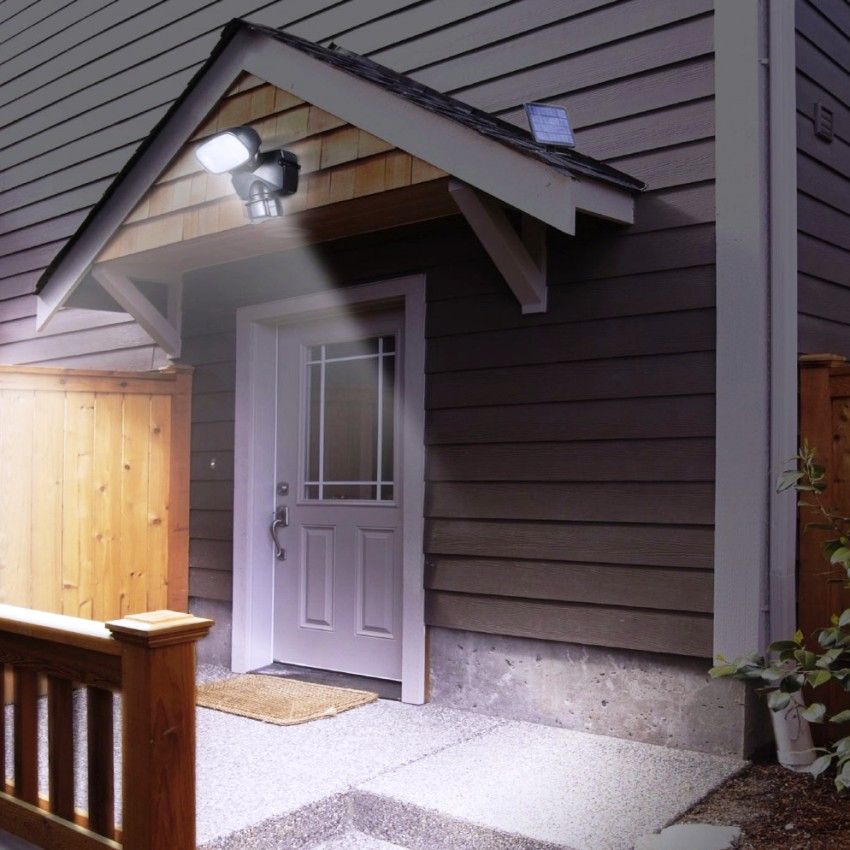
Helpful advice! In order to standardize the assembly of devices for indicating the photo relay on diagrams and drawings, special notations and terms have been invented. They need to be known to those who decided to install the device on their own.
If the relay is designed for one lamp, but of high power, then the ideal place would be to place it directly behind the ceiling. It is there that the random light will fall the least. It is much easier to configure the sensor if it is located on the east or west side of the building. The main condition for this is the absence of objects with bright light near. Therefore, in this case, you need to choose the side where the “illumination” is maximally excluded.
Both types of photocell, both with built-in and remote sensor, have their own varieties. The classification of devices is based primarily on their purpose and additional functional equipment. Both types of devices have subspecies.
Photocell with motion sensor. Such a device is installed where lighting is required only during the person’s stay, for example, in the corridors, in the courtyard of a country house, or in the garage. The device responds to the movement and heat emitted by the human body.

Photorelay with timer. This option is used when light is needed for a certain time. Users of the device set the desired time when it turns on or off. Accordingly, the device is equipped with a timer on and off the light. Such sensors are particularly relevant in the decorative lighting of home gardens or buildings.
Astrotimer is not just a photorelay, but a more advanced device programmed for sunrise or sunset in different climatic zones. It is enough to select a specific time zone in memory. The device will automatically trigger at the time specified by the program. The price of photorelays with an astrotimer is much higher, but it does not need to worry about the installation site.
Devices with additional functions are not popular, since the price of a photo relay for street lighting with built-in sensors can be twice as high as the cost of a conventional light-response device. Therefore, in order to provide additional functions, it is not at all necessary to purchase an expensive multi-photo relay, it is enough to buy a conventional device and additionally install motion sensors or timers.
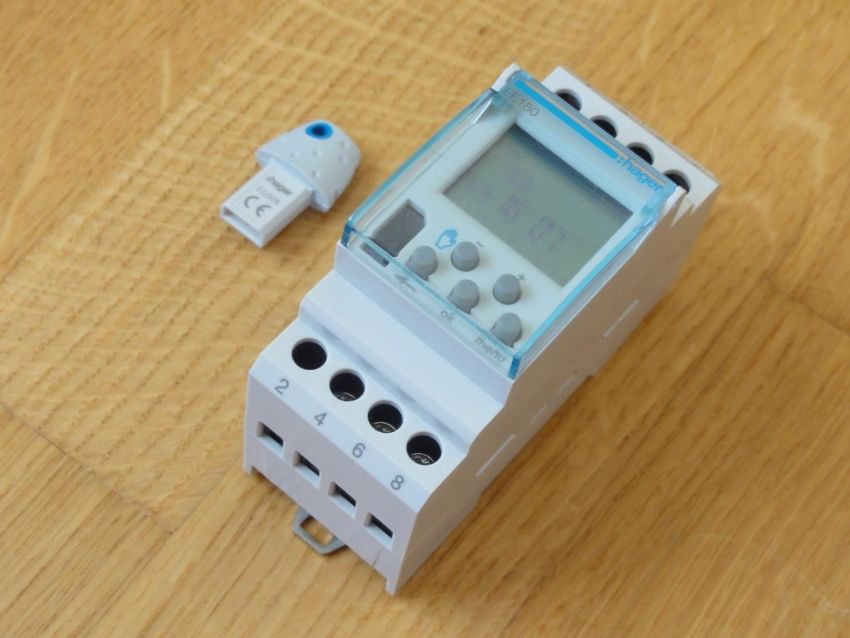
The main function of the photorelay is to turn on the power supply at nightfall and turn it off at dawn. Thus, it is a circuit breaker that operates without human intervention. The role of the shutdown button is played by the photosensitive element. The photorelay connection circuit is similar: the device is supplied with a phase, interrupted at the outputs, and if necessary the circuit is closed, as a result of which the voltage is applied to lamps or spotlights.
The photorelay of FR-16A belongs to the category of the most powerful models with the built-in photocell. Sensor response to light can be configured to work in a certain level of illumination. For the operation of the device requires a switching current of 16 A, and the load power of the device is 2.5 kW.
Installing photocell in street lighting eliminates human intervention in the process of adjusting the work of lighting electrical appliances, which allows significant savings on electricity consumption. When buying equipment, the consumer should be guided by the parameters of the device, selecting the model for specific purposes with the necessary degree of load. During the connection, it is required to strictly follow the instructions and the enclosed scheme, and during operation – the manufacturer’s recommendations.

